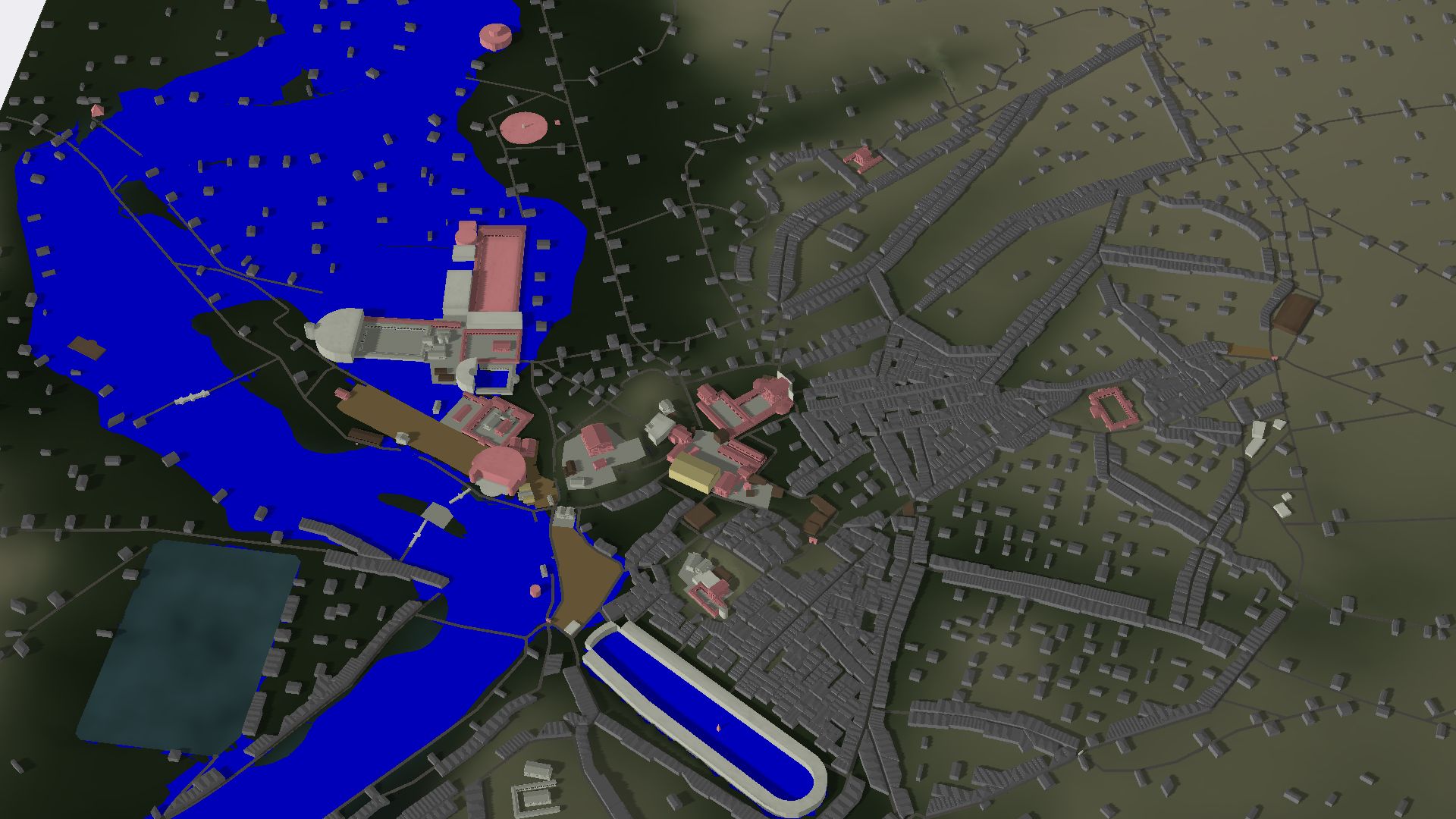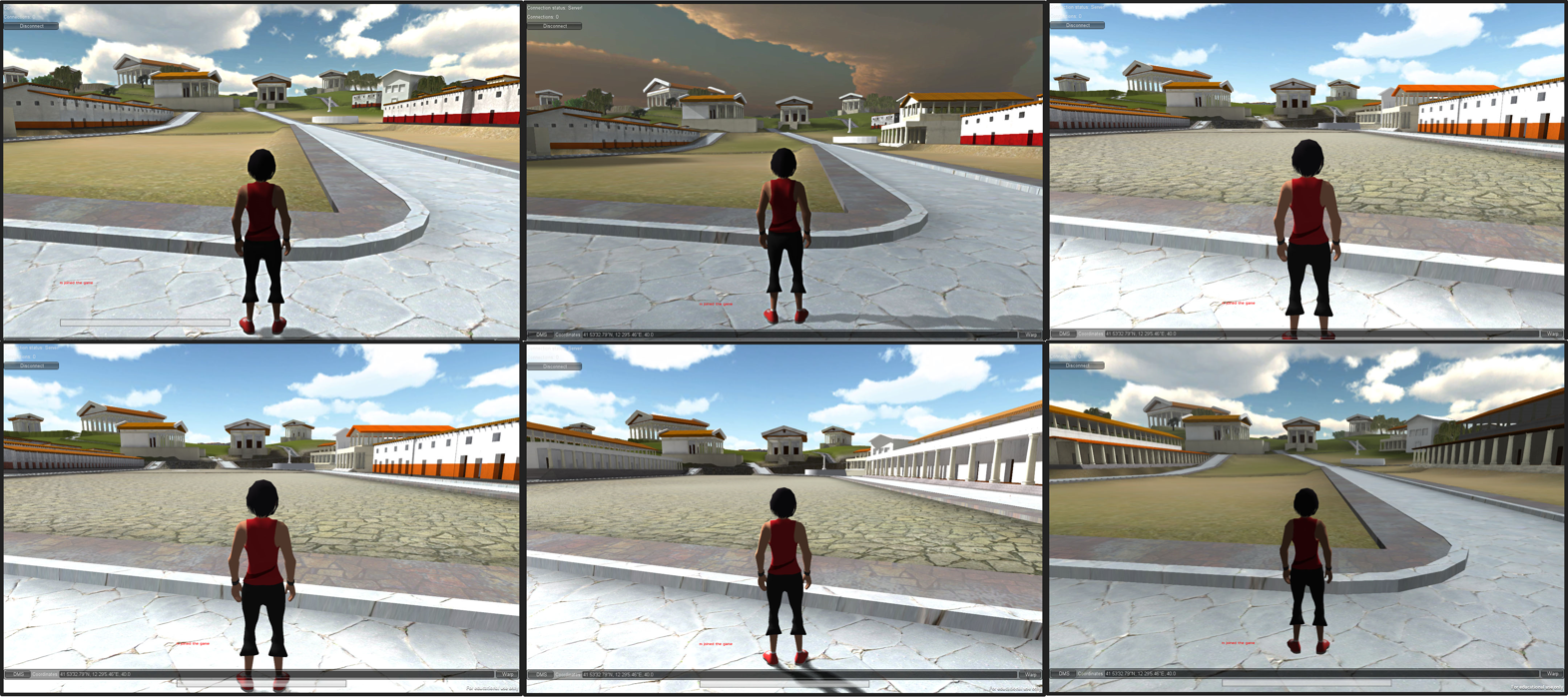
“An Irresistible Compulsion:” The Urban Armature as Operating System
In the early twenty-first century scholars now have the technologies as well as the mindset to explore the Roman urban armature as a tool that is applied to, rather than derived from, ancient remains. To test the efficacy of the approach, this study will examine Nysa in Caria, Turkey . The city is an ideal case study for the proposed investigation as the scant traces of the urban plan and monuments as well as the dramatic topography forestall attempts to define a potent pathway.

Augustan Rome
The first Roman Emperor, Augustus, allegedly claimed to have transformed Rome from brick to marble. Explorations of this statement have previously examined literary sources, archaeological evidence, and two-dimensional maps. A team from UCLA is reverse engineering the ancient capital using an integrated software platform for procedural modeling to evaluate the boast in four-dimensions.

Procedural Magnesia
This project attempts to serve as both a repository for the city’s architectural data as well as a testbed for a speculative reconstruction of the urban plan.

Magnesia Digital Survey
Camera-equipped drones map the topography of the ancient Greco-Roman city of Magnesia on the Meander in Turkey using structure from motion modeling.

RomeLab
RomeLab is a multi-disciplinary research group whose work uses the physical and virtual city of Rome as a point of departure to study the interrelationship between historical phenomena and the spaces and places of the ancient city.

Lighthouse at Alexandria
The project draws upon the tenets of Experimental Archaeology to create a computer model of the lighthouse, which can be tested using validated simulation tools (software) to determine the reconstructed structure’s integrity and stability under self-weight, and wind loads. It will also be possible to subject the reconstructed model to various ground-shaking scenarios and observe its collapse behavior.

Digital Karnak
The enormous temple precinct of Amun-Re at Karnak (modern Luxor, Egypt) is an internationally significant heritage site, and it is extensively studied as representative of Egyptian culture. The Digital Karnak Project has recreated more than 60 structures from the this temple in a real time three-dimensional Virtual Reality model. The project website includes a time-map of the temple, videos of the model, essays describing the chronology and importance of the temple, and other resources for university educators

Visualizing Statues
During the fourth and fifth centuries CE, statues populating the open areas of the Roman Forum preserved memories of the individuals represented in portraits. This visualization project contextualizes the now-dispersed statues and their inscribed bases in the public space of the late antique Forum. By following consecutively through the "Introduction," "Ritual Experience," and "Spatial Context" links above, one can navigate through the spaces in which the statues once appeared. The statues are explained through their inscribed statue bases in the "Inscription Database" section and tied to display locations under the "Mapping Statues" heading.